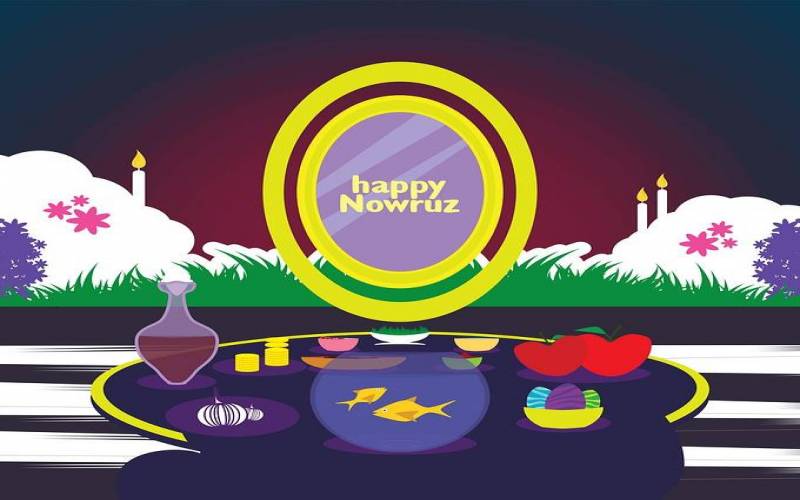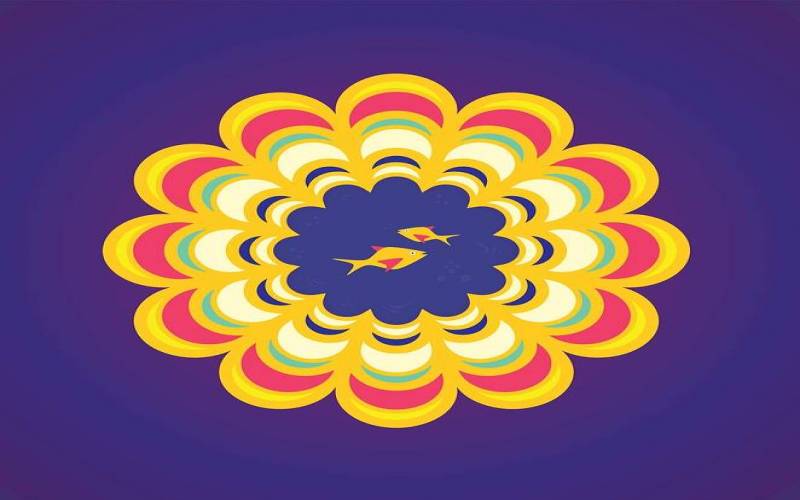Nowruz Festival - Parsi New Year, India
As a religious festival, Nowruz, also known as the Parsi New Year, marks the beginning of Farvardin, the first lunar month of the Iranian Zoroastrian Calendar. In Persian, Nowruz is created by combining the words now, which means 'new', and ruz, which means 'day'. Iranian mythology has several myths relating to Nowruz that are described by historians. According to the Shahnameh, a long epic poem written between 977 and 1010 CE by the Persian poet Ferdowsi, Nowruz was founded by the mythical Iranian king Jamshid.
According to mythology, King Jamshid saved mankind from a deadly winter. Following that, he constructed a gem-encrusted throne. There are many religious traditions associated with Nowruz, including Mithraism and Zoroastrianism. It is not widely known that Prophet Zarathustra created Zoroastrianism, which is one of the oldest monotheistic faiths. Parsis around the world follow Zoroastrianism. It follows the Fasli calendar, in which the beginning of the year coincides with the Spring Equinox in Iran and other Middle Eastern countries
It varies from family to family how Nowruz is celebrated. However, most Parsis spend hours deep-cleaning their homes, decorating, and going shopping before Nowruz. In India, the Parsi community shops for new clothes and flowers before doing a deep cleaning of the house during Nowruz, a festive celebration of the Persian New Year. People in the community make short trips to each other's houses and even give each other gifts during the Nowruz holidays. There is also a selection of desserts, tea, cookies, dried fruits, and fresh fruit available to visitors. In a traditional Nowruz practice, Haft-Sin sees family members gathering around a table, awaiting the precise moment when the New Year will arrive.


